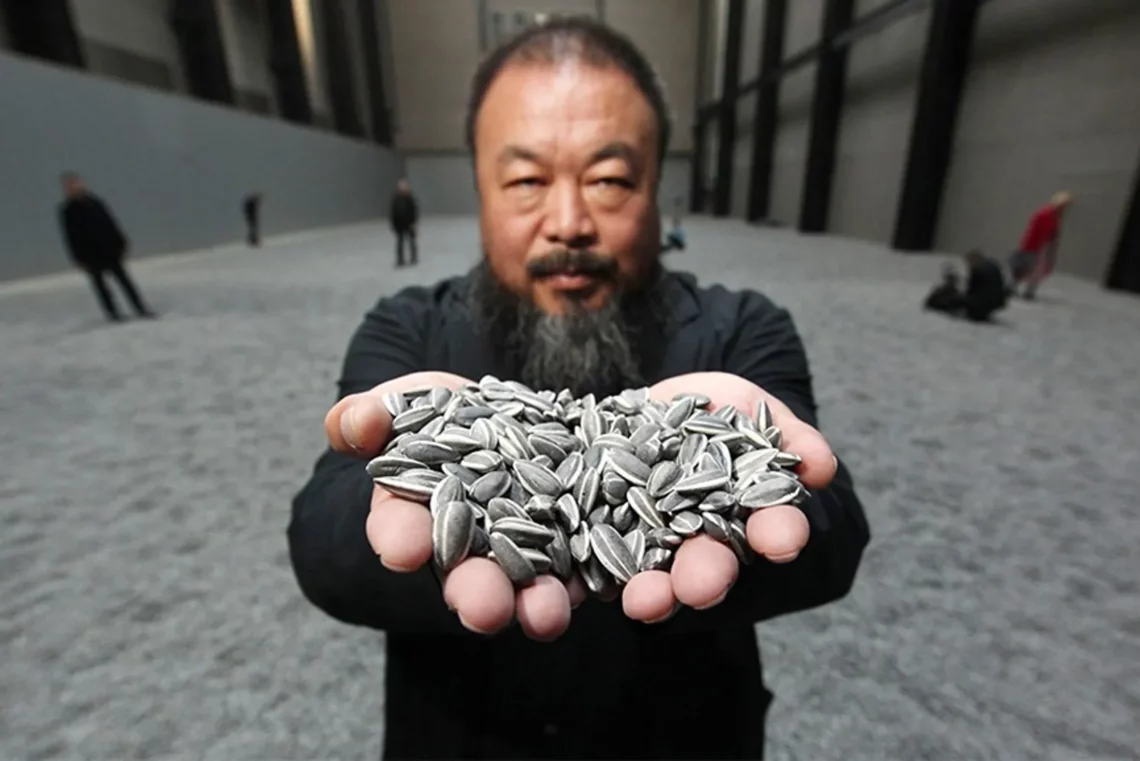Ai Weiwei artworks are a luminary in the realm of contemporary art which emerges as a provocative force reshaping our perceptions of culture, politics, and societal norms. Born in Beijing in 1957, Ai Weiwei is the son of the renowned poet Ai Qing. His early exposure to artistic expression through his father’s influence laid the foundation for a lifelong journey of creativity and dissent.
Ai Weiwei’s education began at the Beijing Film Academy, where he delved into the world of avant-garde art, and later continued his studies in the United States, immersing himself in the transformative environment of the New York art scene. Fueled by a spirit of activism and a deep-rooted connection to his cultural heritage, Ai Weiwei’s career has evolved into a tapestry of artistic rebellion and thought-provoking commentary. As we embark on a journey through Ai Weiwei artworks, we unravel the threads of his multifaceted life, exploring the intersections of tradition, modernity, and the unyielding pursuit of artistic expression.
1. Sunflower Seeds

| Date of Completion | 2010 |
| Dimensions | Variable |
| Location | Tate Modern, London |
Let’s kick off our adventure with “Sunflower Seeds.” Imagine walking into the Tate Modern, and instead of the usual red carpet, you’re met with a sprawling landscape of handcrafted porcelain sunflower seeds. It’s not just an art installation; it’s an interactive experience. Visitors are encouraged to walk on, touch, and even pick up the seeds, creating a tactile connection with the artwork. Completed in 2010, this immersive installation challenges the viewer to contemplate themes of individuality, mass production, and the power of collective effort.
2. Dropping a Han Dynasty Urn
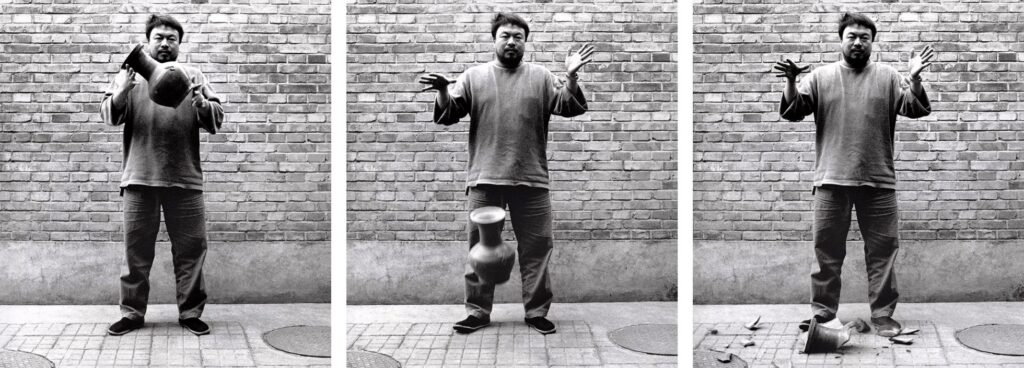
| Date of Completion | 1995 |
| Dimensions | Variable |
| Location | Various collections |
Now, let’s rewind to 1995 when Ai Weiwei made a splash with his daring triptych, “Dropping a Han Dynasty Urn.” In this rebellious act of artistry, captured through three powerful photographs, Ai Weiwei creates a valuable ancient urn, smashing it to pieces. The boldness of this piece forces us to rethink traditional notions of art preservation, cultural heritage, and the transient nature of value. It’s a mic drop moment in the art world that challenges the very essence of artistic permanence.
3. Forever (Bicycles)
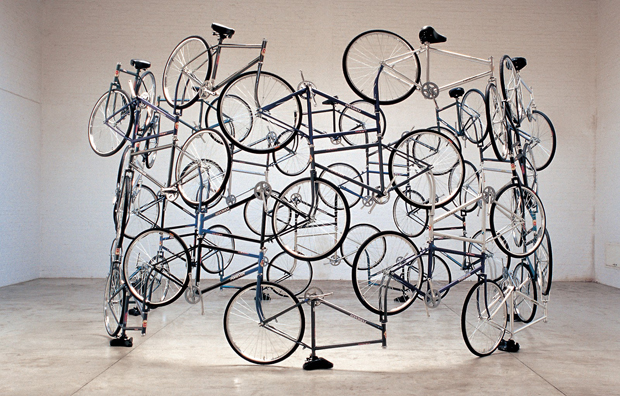
| Date of Completion | 2003 |
| Dimensions | Variable |
| Location | Various exhibitions |
Cycling into the next adventure, we encounter “Forever (Bicycles).” Created in 2003, this colossal installation features an endless assemblage of interconnected bicycles. It’s like a vibrant labyrinth of wheels, representing the perpetual motion of life. As you navigate this sea of bikes, you can’t help but feel the energy and dynamism that characterize Ai Weiwei’s take on the rapid changes in contemporary Chinese society.
4. Circle of Animals/Zodiac Heads
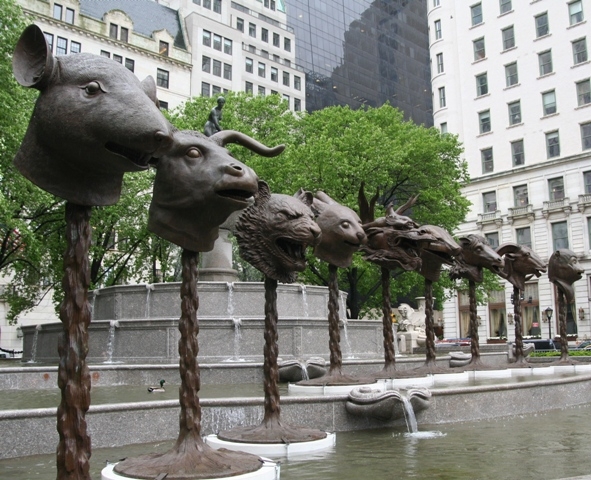
| Date of Completion | 2010 |
| Dimensions | Variable |
| Location | Worldwide installations |
Now, let’s explore the animal kingdom with “Circle of Animals/Zodiac Heads.” This series of twelve bronze animal heads, completed in 2010, reimagines the traditional Chinese zodiac. These whimsical sculptures, each with its distinct personality, have made appearances in various locations worldwide. It’s like a global game of hide-and-seek with art, sparking conversations about cultural identity, displacement, and the universal language of creativity.
5. Map of China
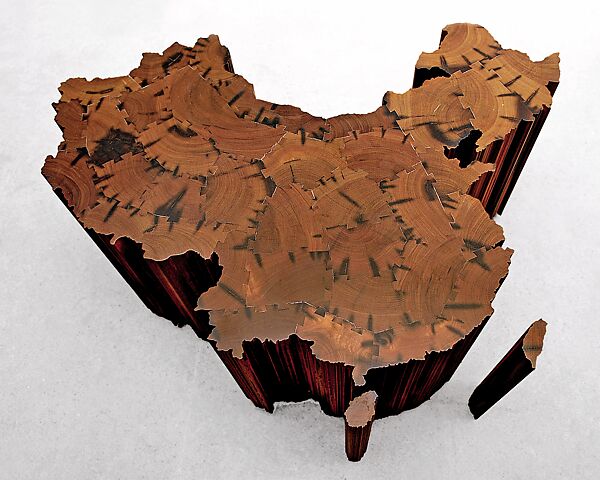
| Date of Completion | 2006 |
| Dimensions | Variable |
| Location | Various collections |
Navigating through the artistic landscape, we encounter “Map of China.” Crafted in 2006 from wood salvaged from dismantled Qing Dynasty temples, this intricate map challenges conventional notions of borders and territorial disputes. Ai Weiwei’s art becomes a visual metaphor for the ever-changing political landscape and the interconnectedness of nations. It’s like a puzzle where history meets geopolitics.
6. Colored Vases
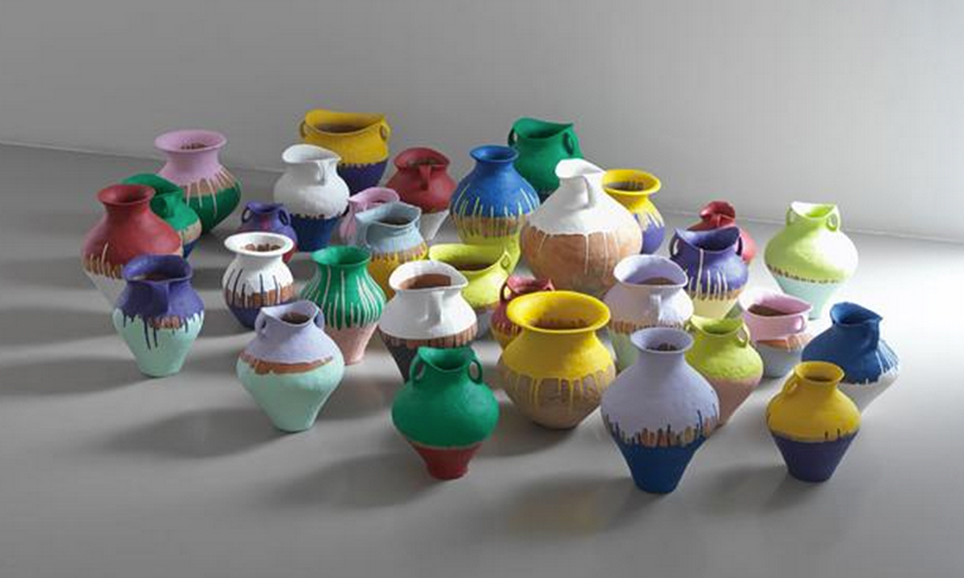
| Date of Completion | 2006 |
| Dimensions | Variable |
| Location | Various collections |
In the realm of vibrant transformations, “Colored Vases” takes center stage. Crafted in 2006, Ai Weiwei took traditional Chinese vases and dunked them in brightly hued industrial paint. The result? A riot of colors that blurs the lines between tradition and modernity. It’s like a paint party where ancient artifacts become the canvas for a contemporary masterpiece.
7. Cube Light
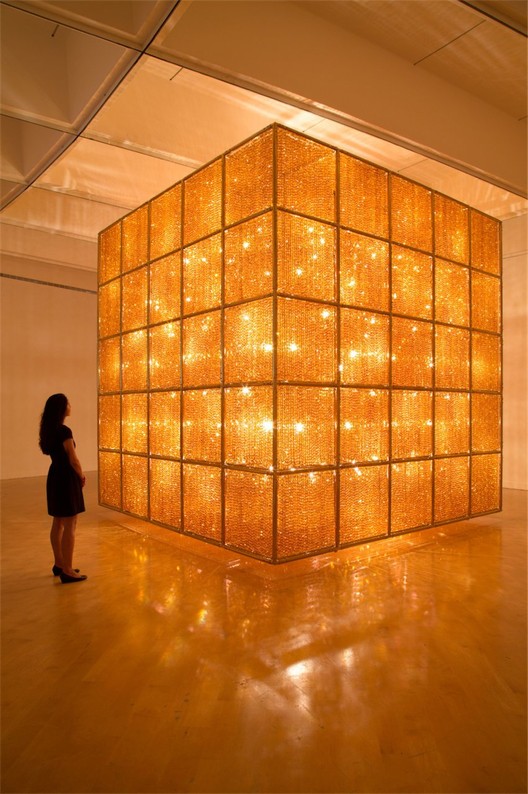
| Date of Completion | 2008 |
| Dimensions | Variable |
| Location | Various exhibitions |
Let’s shed some light on the situation with “Cube Light.” Created in 2008, this installation features dozens of illuminated cubes, turning the exhibition space into a maze of light and shadow. It’s an interactive playground of visual delight, prompting viewers to question the interplay between order and chaos. Ai Weiwei transforms the ordinary into the extraordinary, creating an immersive experience that’s both playful and profound.
8. Jointed Stool
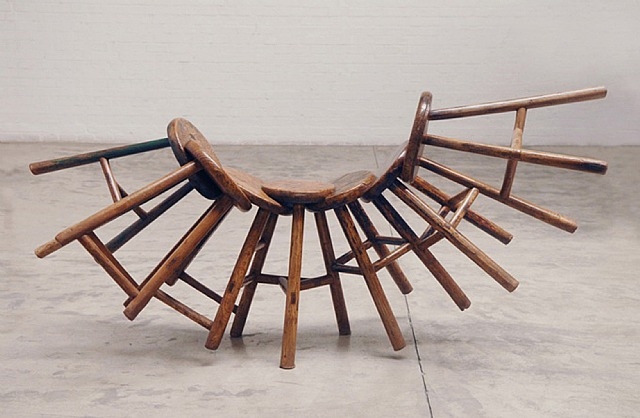
| Date of Completion | 2008 |
| Dimensions | Variable |
| Location | Various collections |
Now, take a seat—literally! “Jointed Stool,” born in 2008, merges functionality with artistry. Ai Weiwei takes a traditional Chinese jointed stool and, for the sheer fun of it, recreates it using marble. It’s a delightful play on the practical and the artistic, challenging our perceptions of everyday objects. This stool isn’t just for sitting; it’s a work of sculptural beauty that invites contemplation.
9. Fragments
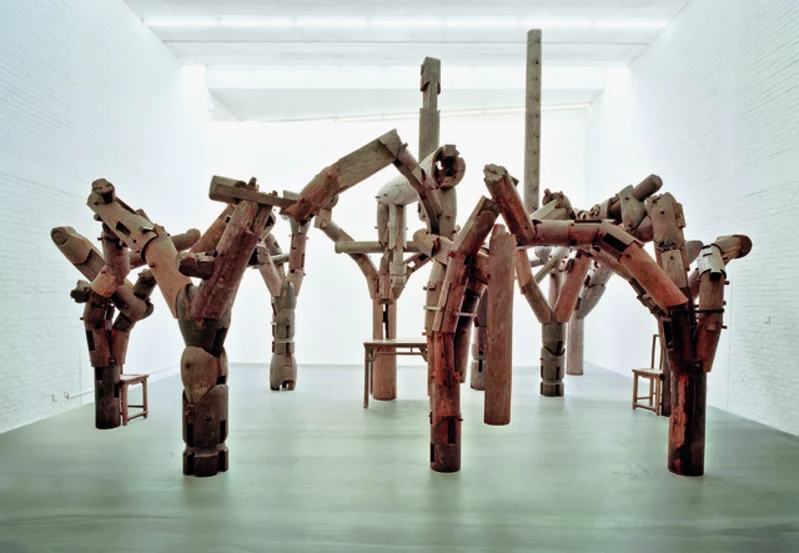
| Date of Completion | 2005 |
| Dimensions | Variable |
| Location | Various collections |
“Fragment” takes us on a visual journey through time. Completed in 2005, this series sees Ai Weiwei assembling ancient pottery fragments into contemporary compositions. It’s like a game of archaeology-meets-art, where the past and present collide. As you gaze upon these reconstructed relics, you’re prompted to reflect on the cyclical nature of history and culture.
10. Coca-Cola Vase
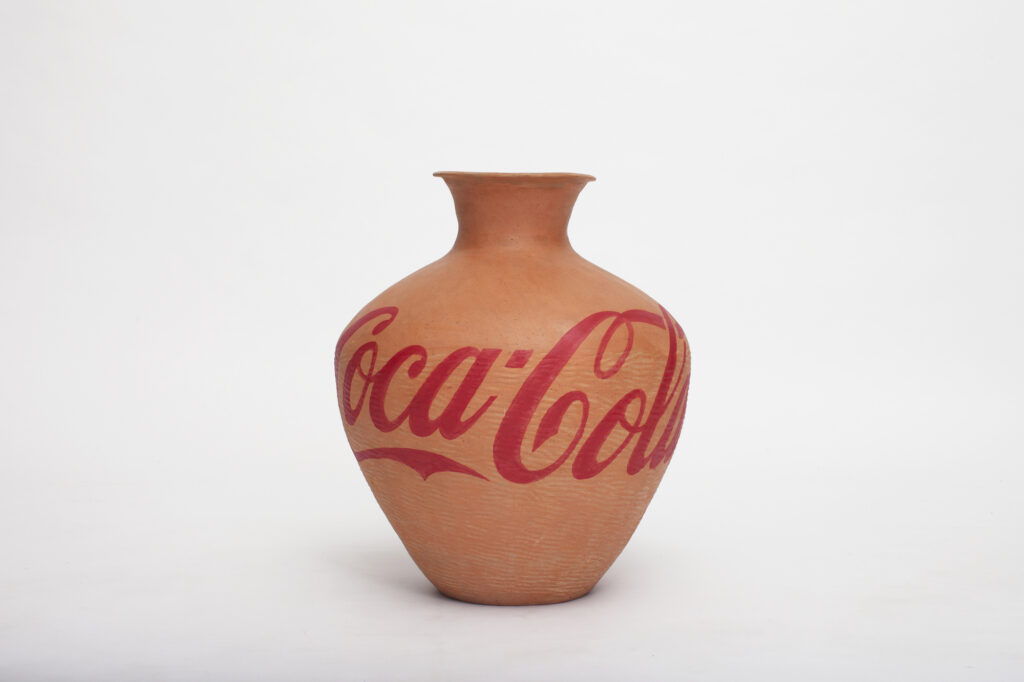
| Date of Completion | 1997 |
| Dimensions | Variable |
| Location | Various collections |
Quench your artistic thirst with the “Coca-Cola Vase,” a creation from 1997 that fuses pop culture with traditional craftsmanship. Imagine an ancient Neolithic-era vase adorned with the iconic Coca-Cola logo. It’s a collision of two worlds, a commentary on the commodification of art, and a playful nod to the impact of globalization on traditional forms. Ai Weiwei turns the ordinary into the extraordinary, making us rethink the value and meaning of cultural symbols.
11. Snake Ceiling
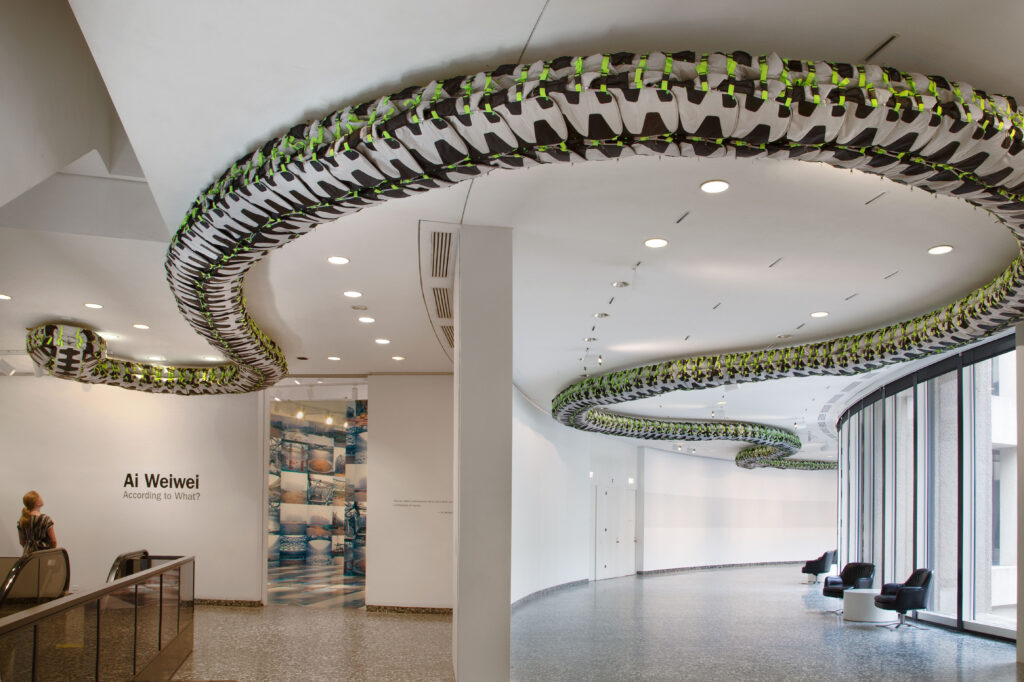
| Date of Completion | 2009 |
| Dimensions | Variable |
| Location | Various exhibitions |
“Snake Ceiling” slithers into our hearts with its powerful symbolism. Crafted in 2009, this installation features hundreds of backpacks suspended from the ceiling, forming the shape of a serpentine dragon. It’s a poignant tribute to the schoolchildren who lost their lives in the 2008 Sichuan earthquake. Ai Weiwei transforms tragedy into art, creating a visual narrative that soars with resilience and remembrance.
12. Fairytale Chairs
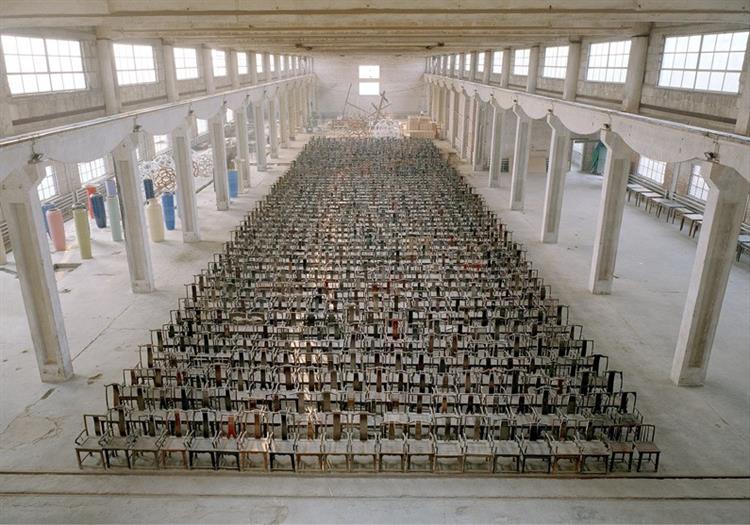
| Date of Completion | 2007 |
| Dimensions | Variable |
| Location | Various exhibitions |
Our artistic adventure concludes with the enchanting “Fairytale Chairs.” Commissioned for Documenta 12 in 2007, this installation features 1001 antique wooden chairs sourced from different regions of China. Each chair has its own story, creating a visual narrative that celebrates diversity and cultural richness. It’s like taking a seat in a storybook, where history comes alive through the craftsmanship of chairs.
Frequently Asked Questions
What is Ai Weiwei famous for?
As one of the country’s most outspoken political commentators, Ai Weiwei became recognized as a key catalyst for the advancement of Chinese modernity, culture, and society. Through his numerous sculptures, photos, and public works, Ai Weiwei captures his personal poetry and political conviction.
What is Ai Weiwei’s message?
Through his artwork, Weiwei has addressed the Chinese communist government’s corruption as well as its flagrant disregard for human rights, especially when it comes to the freedom of speech and ideas.
Conclusion
As we bid farewell to this whirlwind tour of Ai Weiwei’s artistic wonderland, we’re left with a sense of awe and contemplation. Each masterpiece is not just a static piece of art but a living, breathing experience that challenges, delights, and sparks conversations. Ai Weiwei’s skill to blend the profound with the playful is a testament to his creative genius, leaving us eagerly anticipating the next chapter in his ever-evolving artistic journey. So, until then, keep your eyes wide open and your mind ready for the next adventure in the world of Ai Weiwei!







